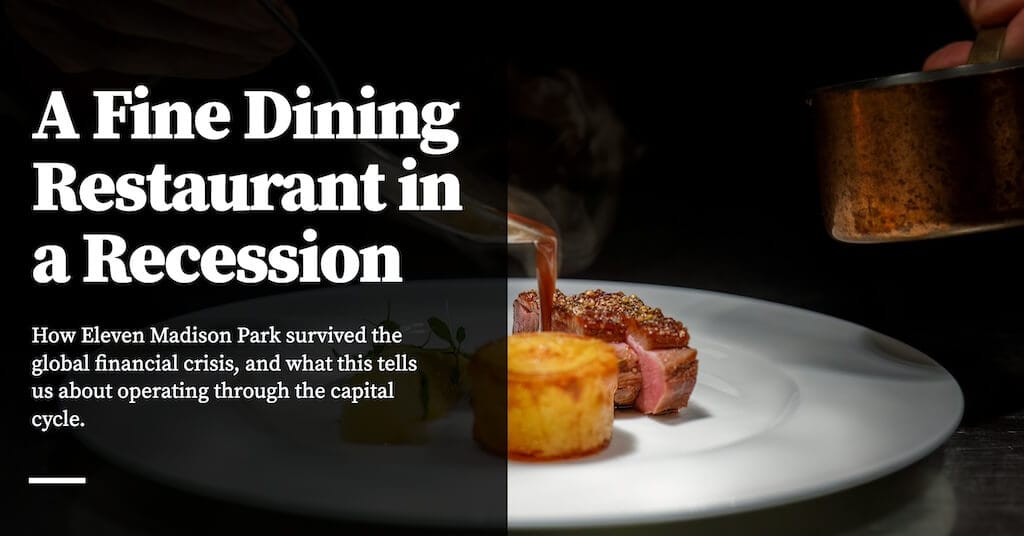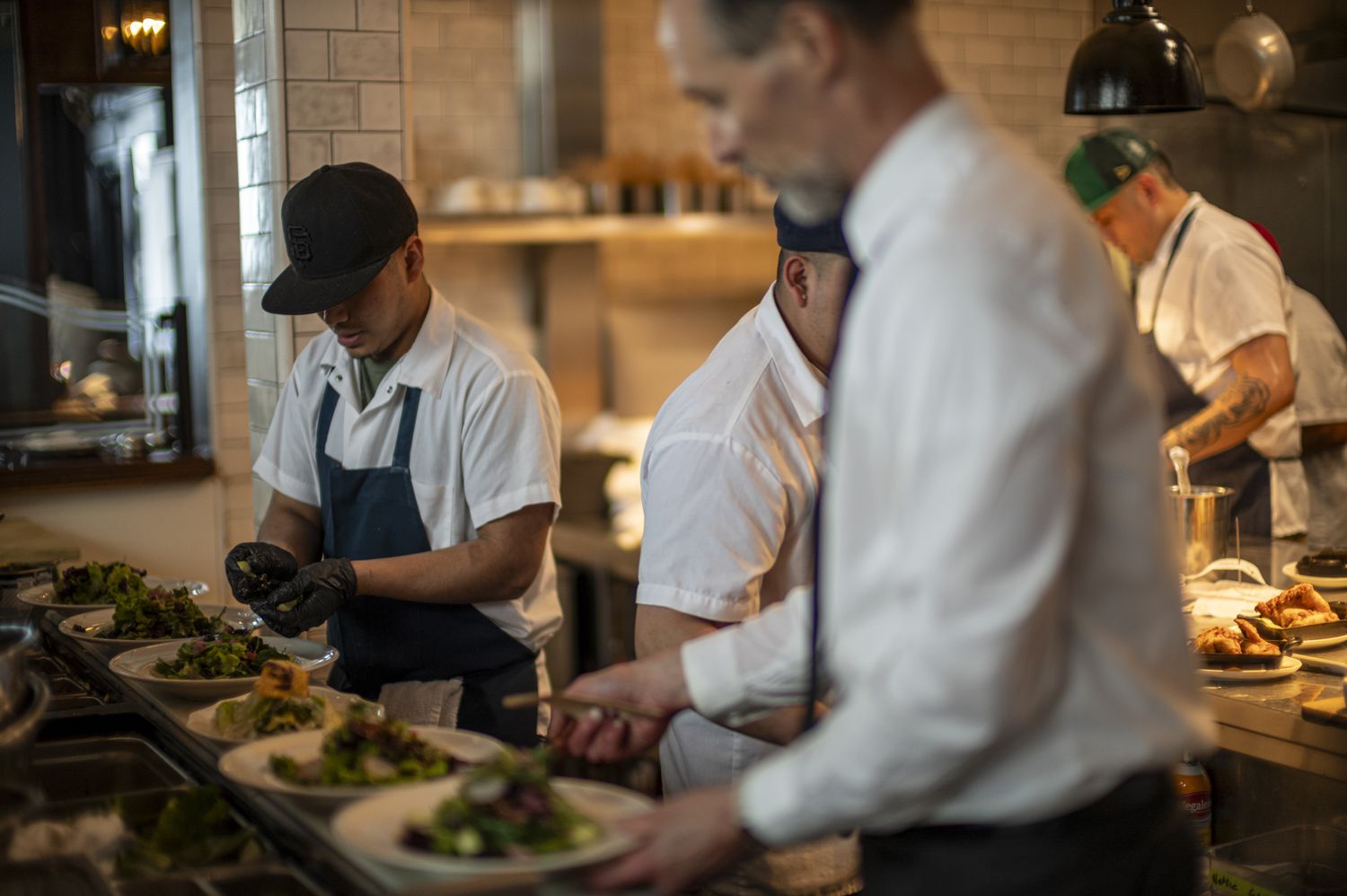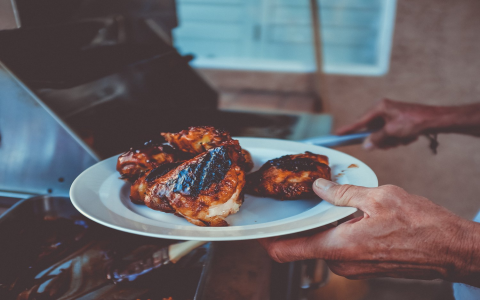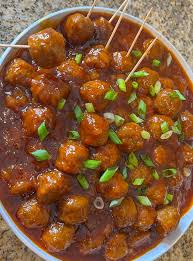How Do Fancy Restaurants Stay Afloat?
Imagine sitting in an elegant restaurant, where every detail from the crisp linens to the ambient lighting exudes luxury. You might wonder, as you sip your wine, how such opulent dining establishments maintain their business in an era of fast food and food delivery apps? The key lies in a multifaceted approach to sustainability.

One essential element is exclusivity. High-end restaurants often work on the principle of scarcity. They might limit the number of tables, offer reservations weeks or months in advance, and serve a tasting menu of limited availability. This scarcity creates an aura of desirability that compels patrons to spend more, not just in terms of money but also in planning. The allure of an exclusive experience drives the demand, keeping the restaurant’s operations afloat.
Innovation plays another pivotal role. Restaurant menus are not static. Celebrity chefs and master restaurateurs are continuously pushing culinary boundaries, creating dishes that might not just be meals but experiences. These innovations can range from molecular gastronomy to revival of nearly extinct culinary arts. Their creativity ensures a steady stream of new visitors, drawn not just by the name, but by the story behind each plate served.
Then there’s the art of storytelling. A gourmet restaurant, unlike a typical diner, sells not just food but an experience. The mention of sustainability here is not just about economic viability but also about crafting a narrative. For example, a story about the sourcing of ingredients directly from organic farms or from ethical suppliers creates a bond with the diners, who want to support environmentally conscious businesses.
Additionally, personalization adds a touch of luxury. Every meal is a custom-made experience, tailored to the customer’s taste, dietary restrictions, or even their mood on the evening they dine. This attention to individual preferences fosters a personal connection, encouraging repeat visits in a way that standard dining can’t replicate.
Economically, it’s worth noting that these fine dining establishments often rely on a high gross margin. The price points are significantly higher than average, compensating for the fewer customers compared to popular mid-tier dining spots. It’s not just the food cost but the entire dining experience—from curated wine pairings to the service—that justifies these prices.
Lastly, event hosting adds another revenue stream. These restaurants leverage their grandeur to become venues for proposals, corporate events, or private parties. This not only fills the tables during off-peak hours but also brings in large groups, ensuring substantial income in bulk.
Each of these elements is carefully interwoven into the business model of upscale dining, creating an ecosystem where luxury, atmosphere, narrative, and event hosting ensure that even in hard economic times, fancy restaurants not only survive but thrive.
There’s a certain magic in the way these establishments maintain their allure, adapting to trends while preserving the core of dining as an art form. The blend of artistry, ambiance, and personal touch makes each visit unique, ensuring that guests leave with an anticipation for their next visit. Thus, they stay afloat by not just feeding appetites, but by nourishing the soul, one gourmet dish at a time.




